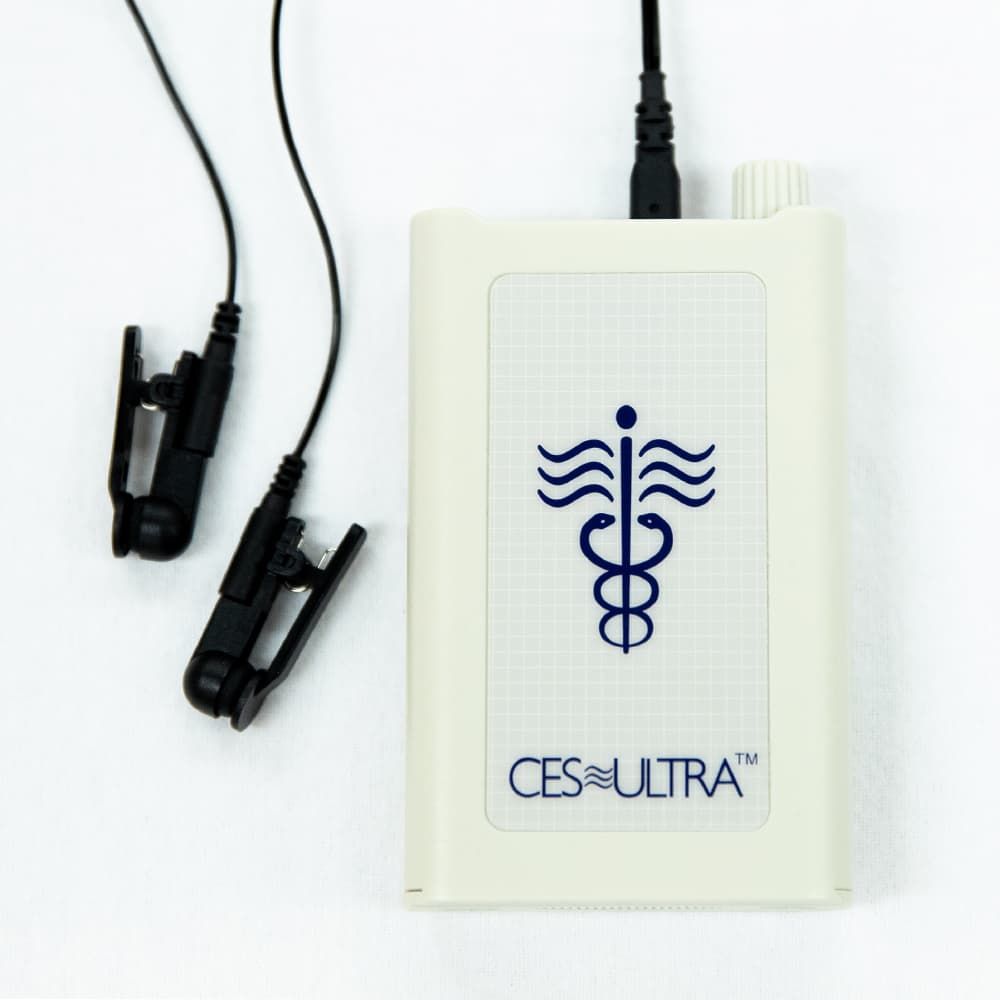The smart Trick of Cranial Electrotherapy Stimulation (CES) That Nobody is Discussing

Evaluation post A Critical Review of Cranial Electrotherapy Stimulation for Neuromodulation in Clinical and Non-clinical Samples 1 U. S. Army Combat Capabilities Development Command Soldier Center, Cognitive Science Team, Natick, MA, United States 2 Center for Applied Brain and Cognitive Sciences, Tufts University, Medford, MA, United States 3 Department of Psychology, Tufts University, Medford, MA, United States Cranial electrotherapy stimulation (CES) is a neuromodulation tool used for treating several medical ailments, including sleeping disorders, anxiousness, and clinical depression.
Extra lately, a minimal amount of research studies have taken a look at CES for altering affect, anatomy, and behavior in healthy, non-clinical samples. The very most promising results have been mentioned in a broad range of research studies, consisting of one in which the measurement of relationship was considerably associated along with cream CES. When administered independently, it has been located to vitiate notable improvements in physical activity. Additionally, specific variations within the two collection of studies are usually associated with variations in scientific end results, from standard, to 3 years eventually.
The physical, neurochemical, and metabolic mechanisms underlying CES results are currently unfamiliar. Very most notably, and most necessary, we have a quite sturdy uncertainty regarding whether CES and the C2E gene are involved in C2E-mediated intellectual disorder. Provided that there are actually lots of styles of C2E-mediated cognitive disorder, it continues to be an interesting inquiry which can reveal that C2E and its C2E regulative family members is included in cognitive dysfunction?
Computational modeling advises that power stream carried out with CES at the earlobes can arrive at cortical and subcortical locations at very reduced intensities connected with subthreshold neuromodulatory results, and researches using electroencephalography (EEG) and operational magnetic resonance imaging (fMRI) reveal some impacts on alpha band EEG task, and modulation of the default mode system during CES management. Moreover, cortical cortical account activation may be sensed in the lack of various other changes after CES commencement.
One concept proposes that CES regulates brain stalk (e.g., medulla), limbic (e.g., thalamus, amygdala), and cortical (e.g., prefrontal peridium) locations and boosts relative parasympathetic to sympathetic travel in the autonomic nervous device. The most prevalent documentation of this connection is found for left half (I) neurons (H) and the basal ganglia (B) and in former insula.
There is no direct evidence sustaining this idea, but one of its beliefs is that CES might cause its results by promoting sensory estimates of the vagus nerves, which delivers parasympathetic signs to the cardiorespiratory and intestinal units. If we reject this opportunity, then in a manner opposite to the outcome of this research, we can easily think that this stimulation may also cause afferent estimates on a subpopulation of nerve tissues in our vagus nerves.
In our critical customer review of researches making use of CES in professional and non-clinical populations, we found severe methodological worries, featuring prospective disagreements of rate of interest, danger of technical and analytic prejudices, issues along with sham credibility, lack of blinding, and a extreme diversification of CES guidelines decided on and utilized all over experts, labs, institutions, and studies. We take note that a number of latest researches including this testimonial have checked out clinical evaluation of the credibility of CES to determine the credibility of CES as a action of cognition.
These limits make it challenging to acquire steady or compelling insights from the extant literature, toughening enthusiasm for CES and its ability to alter concerned unit activity or habits in relevant or reliable ways. We utilized record from the current U.S. National Longitudinal Survey on Drug usage problem (NLSD) of 1949 non-Hispanic Blacks and 40,000 Whites to calculate what the effects of visibility to the psychedelic marijuana oil after the end of the previous year may be.
The shortage of convincing documentation likewise encourage well-designed and fairly high-powered experiments to analyze how CES could regulate the physical, affectional, and cognitive reactions to pressure. An additional procedure hired for recognizing what individuals state or do under demanding conditions is the personality trait analysis (EIT). Here uses a big, thorough, numerous dimension sample of 1,008 individuals (which in its regular order includes just a tiny variety of individuals in each team of participants).

Setting up dependable observational links between CES administration and human functionality is essential for sustaining its possible make use of in the course of professional training, operations, or recovery, ensuring dependability and strength of impacts, identifying if, when, and in whom such impacts could occur, and guaranteeing that any perks of CES over-shadow the threats of adverse celebrations. As a effect, it is essential to keep an eye on any sort of feasible threat signs in record sources including health and wellness data, authorities companies, business information, and the social media network CTC.
Introduction Cranial electrotherapy stimulation (CES) involves delivering low-intensity (50 μA to 4 mA) electrical stream via a pair of electrodes attached to bilateral biological postures around the head (e.g., eyelids, earlobes, mastoids, holy places), along with the intent of acutely regulating main and/or tangential concerned body task.
